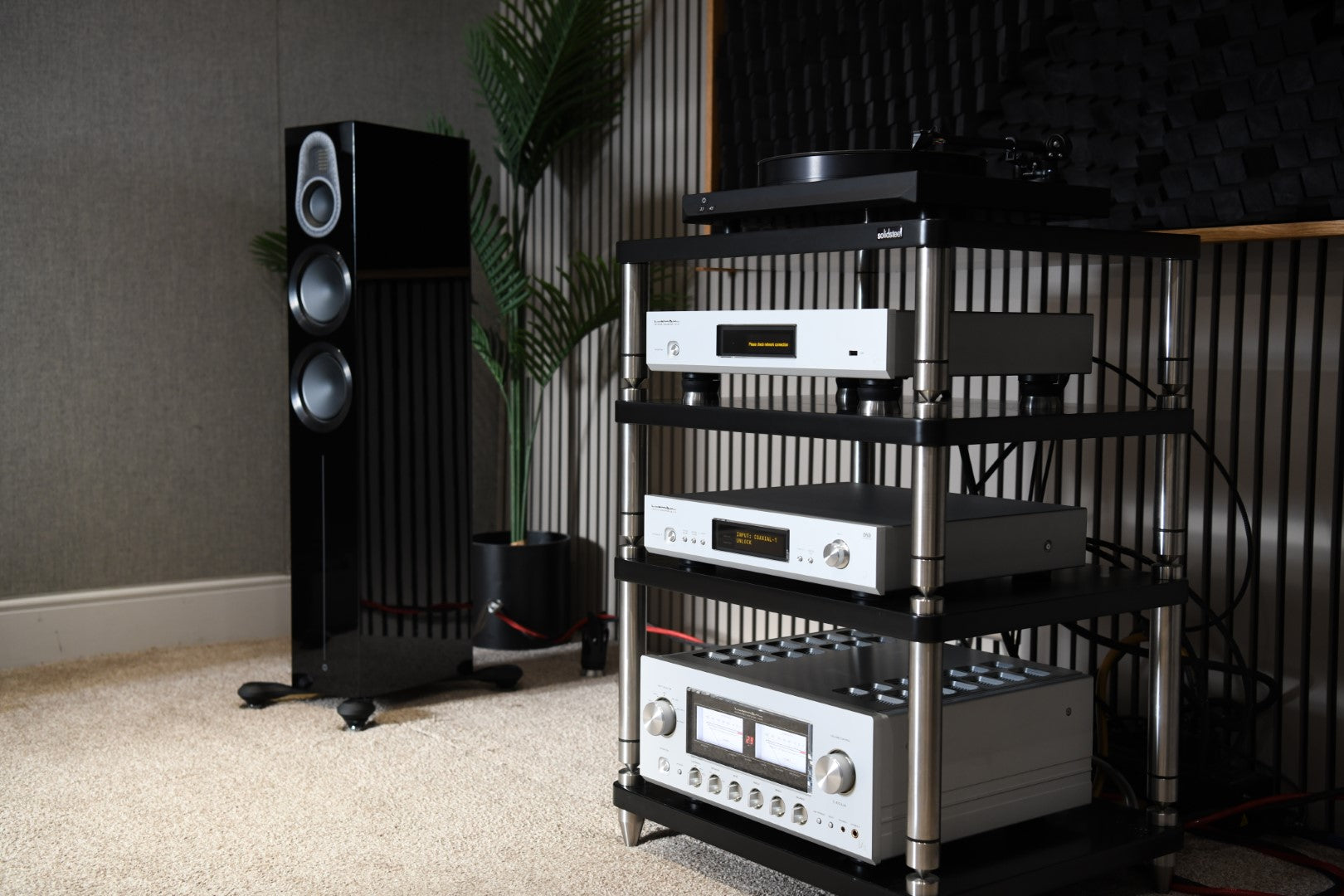An intro to Home Cinema

The home cinema is simply a dedicated or space space in your home where you enjoy watching movies or TV on a screen with surround sound. Simple, right?
Most people jump in at the deep end try and figure out what do they need to make a home cinema work? They likely resort to forums where everyone gives them ideas and advice off the back of their investments or their limited knowledge - and this is where the expense starts.
Working with us here at Yorkshire AV - you're going to save a lot of that hassle and get you straight to enjoying your setup.
And the best part - we don't even need to visit you in your home (which is super important at the moment!) and still get everything setup with our virtual support.

Below are some of our greatest Home Cinema Packs that you can install yourself or, if the challenge seems a little too much then you can have us booked in when placing your order online. Simple!
Note - we are installers of the Monitor Audio Custom Install as well as Q Acoustics Install range of speaker systems. Contact us to find out more or to build a bespoke package.
Typical AV layout
To speed things up for you - we've pre-built some fantastic solutions for you which you can add to over time. These start from 5.1 builds of in-wall / on-wall / free-standing right through to complex 7.2.4 setups.
Feel free to use these as guides to aid your product selection or if you buy a bundle from us, this includes 2 hours of remote support and consultancy during your setup process.
Alternatively - please give us a call for a no obligation bespoke quote for either us to install or to aid you remotely.
The different types of setup (independent of TV vs Projector)
Yorkshire AV has created a brilliant guide on speaker placement here. The layouts below are what we generally install and have pre-built packages for selection.
So let's look at some of the critical components and decisions you have to make:
- TV or projector?
- ATMOS or no ATMOS? (Dolby ATMOS is "atmospheric sounds" within the home cinema setup. Usually achieved by 2 or 4 ceiling based speakers firing sound down towards the listener).
- AVR to speakers or AVR to power amp?
- How many channels (speakers) am I going to be using?
- In-Wall or On-Wall? Floor standing or Book Shelf? In-Ceiling or Soundbar?
- What speaker and interconnect cable?
- HDMI? Active or Passive?
- Sealed sub or open sub?
Now - these decisions cannot be taken lightly as one likely impacts another.
The most important thing to consider up front is your budget. There are certain components in the list that you need to invest first time in whereas the rest can be improved over time.
Feel free to send us an email via our contact form - we'll then go through our process of home cinema design and how to navigate the above questions
Home Cinema Components and Considerations
AVR (AV Receiver)
The AV Receiver (sometimes called a processor) is the heart of your AV system. Everything in your system connects to here - your TV/Projector, your speakers, your inputs (eg AppleTV, SkyQ, BluRay Player, XBOX etc).
Depending on your requirements, the AVR may process 4K video or the latest DENON and MARANTZ Amplifier feature 8K pass through/up-scaling.
It will also have a number of channels (i.e. a 7.1 channel receiver is usually capable of 5.1.2) and as you go up through the channels, the price increases in line with the features, amplifier quality etc.
Most AV Receivers now support the latest Dolby formats including "height virtualisation" i.e. if a movie doesn't have ATMOS, it determines what signal should be ATMOS and improves the experience for you.
Power Amplifier
Where you have large speakers that would otherwise draw too much power from the in-build amplifier in the AVR, you can buy dedicated power amplifiers.
Those simply take a connection from the AVR/processor for a set number of channels and provide additional power.
i.e. the Marantz 7025 is a 2 channel power amplifier. You would usually connect your front left and right speakers to the power amplifier, and the power amplifier to the PRE-OUT Left and Right connections on the AVR. Thus the AVR is doing the processing but sending the audio signal to the power amp to give the sound some extra punch.
Some high-end setups include a dedicated processor and power amps only (i.e. no integrated amplifier in the processor itself).
Subwoofer
Subwoofers are there to provide low-frequency sounds, usually below the audible range of your speakers.
Speakers have a range of sounds they can process/output i.e 40Hz - 20Khz.
40Hz being the low level frequency. In your amplifier, you'd set the cross-over to be 60Hz/80Hz which dictates at what frequency signals will be sent to the sub.
As front speakers have a range, it's rare to get them to perform all of the time to what's on paper. Thus at 80Hz, there's enough cross-over to ensure the entire sound range is driven from the speakers and subwoofer.
Some example setups in 5.1 and then 5.1.2 (ATMOS) are below
The basic setup gives a fantastic surround sound setup, suitable for the majority of our customers. Featuring either free standing speakers or custom install (i.e. in-wall/in-ceiling) to meet your aesthetic requirements.
The basic setup gives a fantastic surround sound setup, suitable for the majority of our installs and features 2 "height" speakers, configured to support DOLBY ATMOS surround sound experiences using an AVR with 7 channels. Click on the picture below to view our 5.1.x setups.



